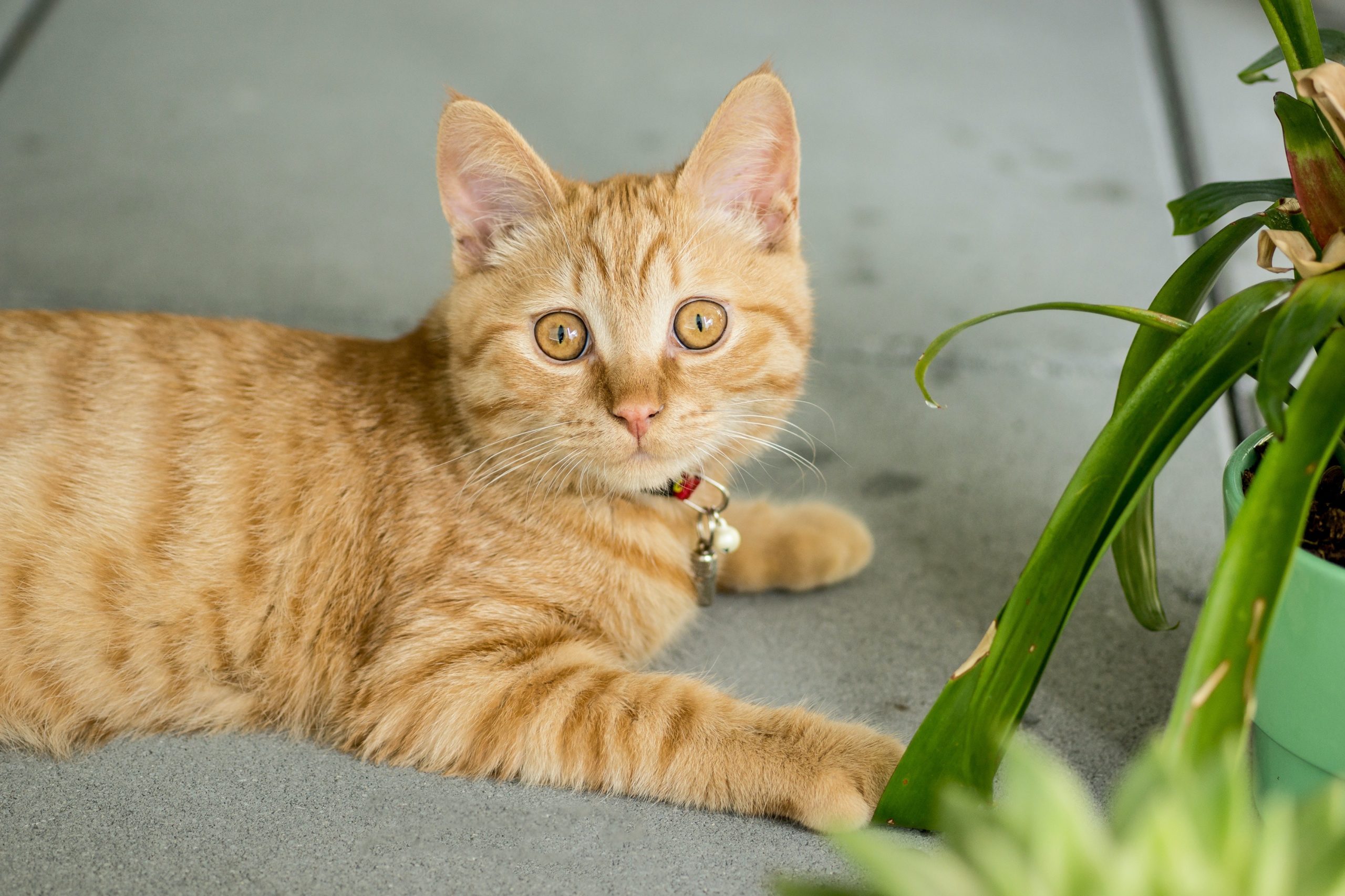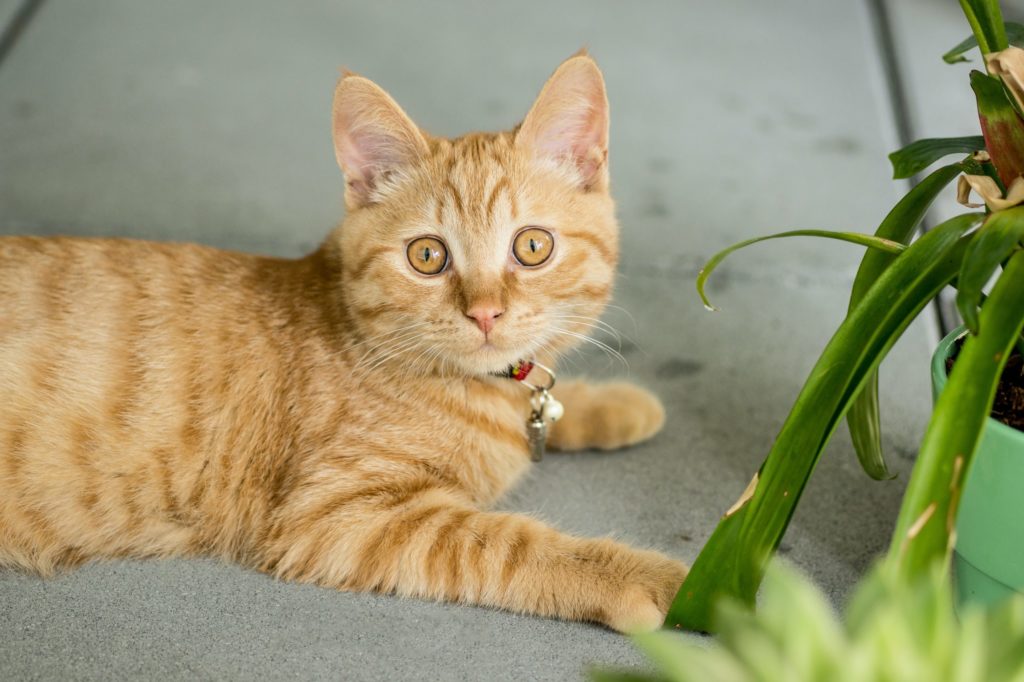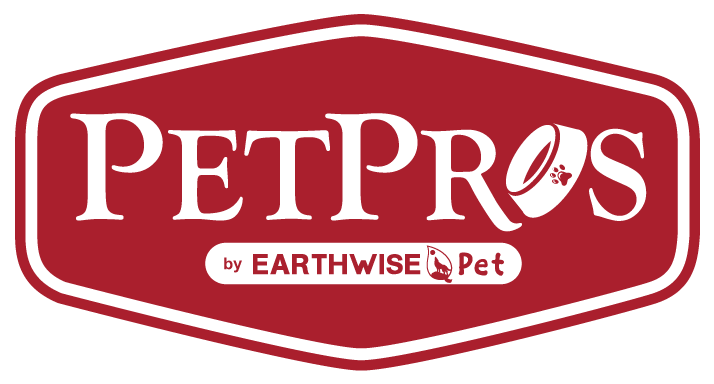
Pet Poison Awareness FAQs
There are many common household items and plants that are dangerous to cats and dogs. To help you keep your home and garden safe for your best pals, BoosterPet’s veterinarian, Dr. Kobi Johnson, answers your questions about poison prevention for pets.What does poison prevention mean and how does it apply to my pets?
Numerous household toxins exist for pets. House and garden plants, food, medication, vitamins, cleaning supplies, automotive supplies, and common household objects all pose a risk. Not all pets will be initially interested in or attracted to items that are considered poisonous or toxic. However, animal behaviors can change with stress, boredom, changing life stages, illness, and other external factors. We recommend taking steps toward preventing toxin ingestion which is far easier than treating it.
Which house plants are toxic to pets?
Many, unfortunately. For a full list of toxic plants as well as non-toxic plant choices visit: https://www.aspca.org/pet-care/animal-poison-control/toxic-and-non-toxic-plants. Some of the more common toxic house plants include the aloe plant, many types of ferns, American rubber plants, spider plant, Chinese jade, cornstalk plant, poinsettias, lilies, and herbs such as basil and chives. Even bouquet favorites such as carnations, tulips, baby’s breath, and eucalyptus are considered toxic.What about plants in my yard or garden beds?
The list is long and includes Chinaberry trees (otherwise known as Persian Lilac), amaryllis, American holly, azalea, beets, ivy, begonia, buttercups, chrysanthemum, dahlia, camellia, foxglove gardenia, hydrangea, and apple trees. Additionally, any plant in the nightshade family, including potatoes and tomatoes have toxic vines and berries.Chocolate is a well-known toxin, but what other foods could be harmful to my pet?
It’s true! Chocolate is a big one, and the darker the chocolate, the higher the risk of toxicity. Other common toxic food ingredients include garlic, onions, yeast, macadamia nuts, almonds, stone fruit such as peaches and plums, avocado, rhubarb, citrus and whole nutmeg.Should I avoid grapes and raisins for my dog?
Though grapes and raisins may not affect all dogs, for those that are sensitive, even one grape can cause kidney failure. Even if your pet has tolerated grapes in the past, it’s best to avoid them, as the mechanism of grape toxicities are not well understood.What can you tell me about xylitol?
Xylitol (a sugar substitute) can be found in gums, candies, toothpastes and mouthwash, peanut butter, condiments, and syrups. If a food is labeled as sugar-free, it is more likely to contain an ingredient like xylitol. Chewing gum and sugar-free candy continue to be the most common source of xylitol toxicity in dogs, A pet that has ingested xylitol is at risk for a sudden decrease in blood sugar, and may experience vomiting followed by weakness, incoordination, collapse and seizure. Toxin ingestion always warrants immediate attention, but immediate emergency intervention is required anytime xylitol ingestion is suspected.I’ve heard pets like the taste of antifreeze. Is this true?
It’s true. It has a sweet smell and taste that pets are attracted to. If ingested it can cause acute kidney failure in both dogs and cats, and therefore should be secured out of reach.What should I do if I suspect my pet has experienced toxin exposure?
The ASPCA’s poison control hotline (1-888-426-4435) is a great place for at-home triage to determine next best steps. If symptoms are severe, take your pet to the nearest emergency hospital immediately.What other poison prevention resources do you recommend?
The following websites are great resources:- https://www.aspca.org/pet-care/animal-poison-control
- https://www.petpoisonhelpline.com/pet-safety-tips/national-poison-prevention-week-march-20-26/
- https://www.aaha.org/publications/newstat/articles/2019-03/march-is-pet-poison-prevention-month/

